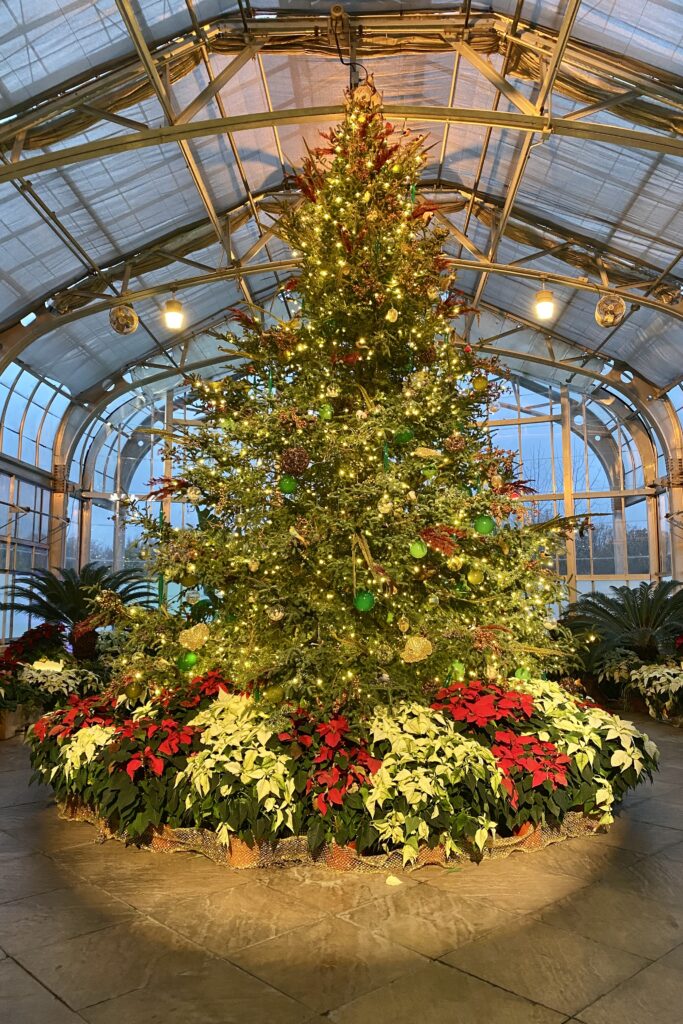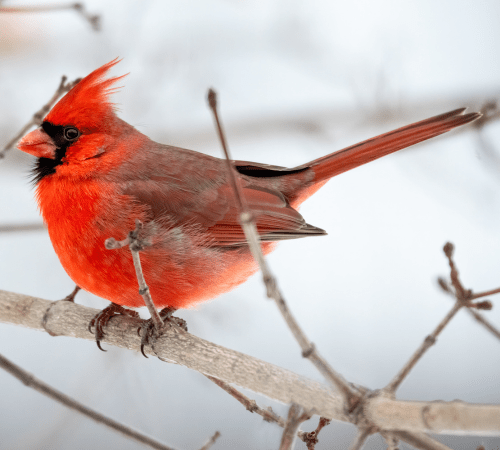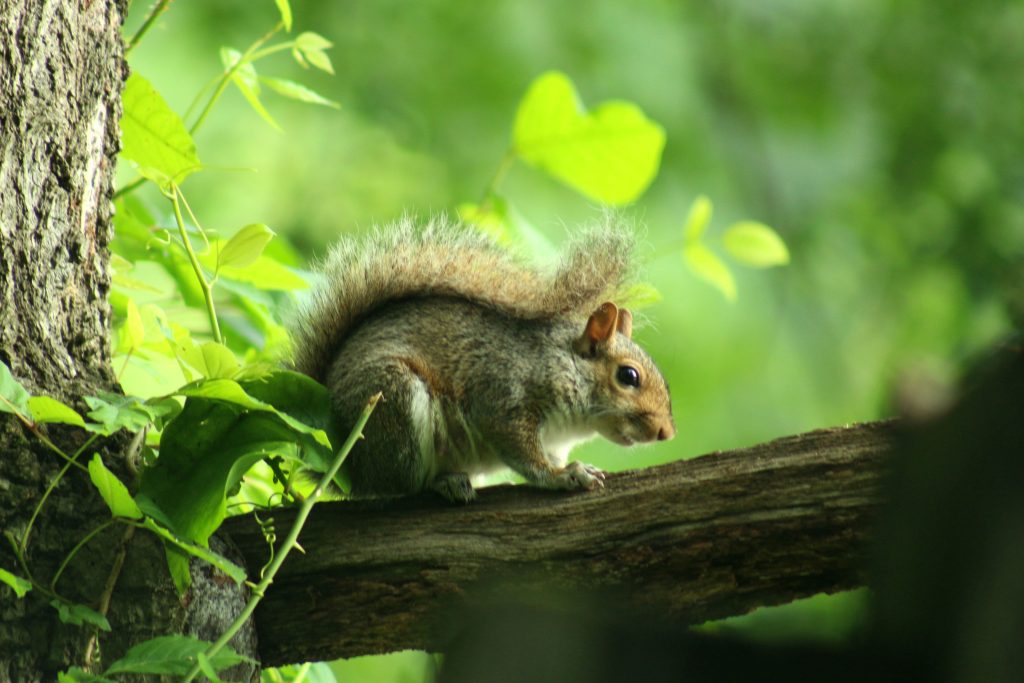10 Ways to Reuse or Recycle Christmas Trees
The presents are all opened, and the holidays will soon draw to a close. But the evergreen in your living room still has a lot to give. Here are some of our favorite ideas for what to do with a Christmas tree when its life is over, but its usefulness lives on:
Build a bonfire. Because most evergreens burn hot and fast, they make great fuel for firepits. But beware the branches – they will spit and spark if they are burned before drying. And never burn evergreens indoors. The heavy sap that fuels a fire so well outdoors can accumulate as creosote in a fireplace chimney, creating a dangerous fire hazard.
Spread ashes. After your bonfire has burned down and cooled off, collect the ashes and spread them on your garden. Wood ash contains nutrients, especially calcium, that support plant growth. They are also helpful keeping slugs away. Apply ashes to moist soil on a windless day to keep them from becoming airborne.
Feed Birds. A retired Christmas tree makes a lovely backyard bird sanctuary. Move your undecorated tree outside, stand and all, and hang it with suet cakes, cranberry and popcorn strings, dried fruit, fresh orange slices and pine cones rolled in peanut butter and chopped nuts. Whole sunflower heads, if you have them, are a big treat for birds. Chickadees, song sparrows, cardinals and a host of other birds will appreciate the food and the shelter.
Make Mulch. Because pine needles dry quickly and decompose slowly, they make excellent mulch. Spread a thick mat of needles around trees and in beds to conserve moisture, suppress weeds, insulate soil and recycle nutrients. To make even more mulch, share the cost of renting a chipper with your neighbors, chip everyone’s trees and split the chips.
Make More Mulch. Get the same benefits that come from mulching with pine needles and chips by laying cut branches over your perennial beds. Come spring, tender young shoots will poke up through the protective layer.
Create Habitat. Drag your tree to an out-of-the-way spot in your garden and lay it on its side. Birds, squirrels, chipmunks, snakes, and other wildlife will take refuge in its branches at a time of year when habitat is hard to find. As it decays, the tree will become food for insects and the tiny microbes that contribute to soil health.
Stake plants. Make stakes out of your tree’s straightest, sturdiest branches. They will support spring seedlings, and even help manage cutworm damage by preventing the pest from wrapping around the stem to chew.
Compost. Let your tree dry on a tarp until its branches are brittle and the needles fall off. Then gather them up and add them to your compost bin.
Craft. Make a batch of “tree cookies” by cutting cross sections of your tree’s trunk. Pinterest is full of ideas for crafting with wood disks: make trivets, coasters, place cards, wall art, jewelry, wreaths and even ornaments for decorating next year’s tree. The thinner the slices are cut, the less likely they are to crack as they dry. If they do split, embrace it as a natural part of the process.
Recycle. Many municipalities in central Virginia turn trees into mulch, compost and wood chips which they make available to residents. Simply take your tree to one of these drop-off recycling centers or schedule a curbside pick-up.


